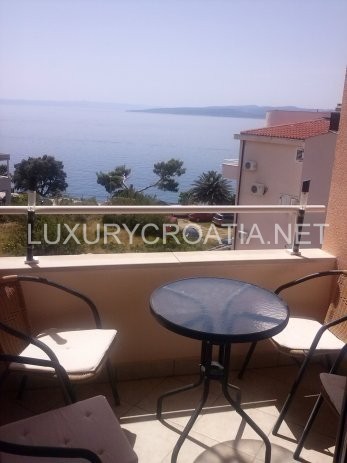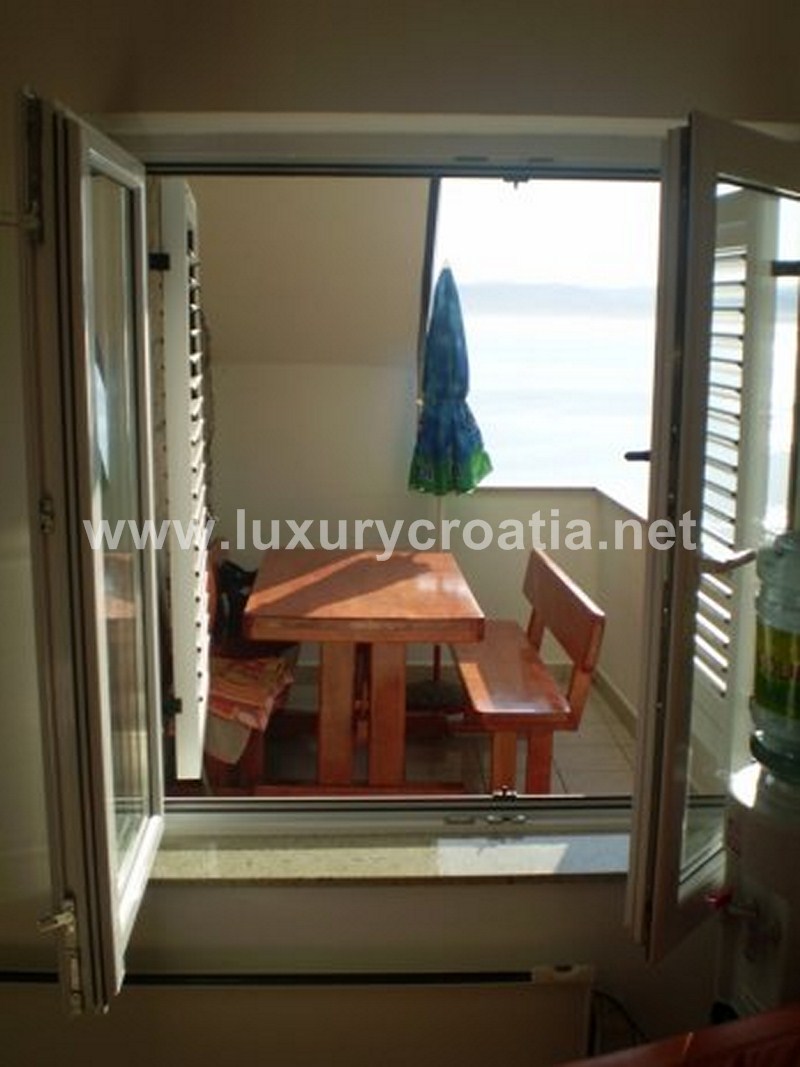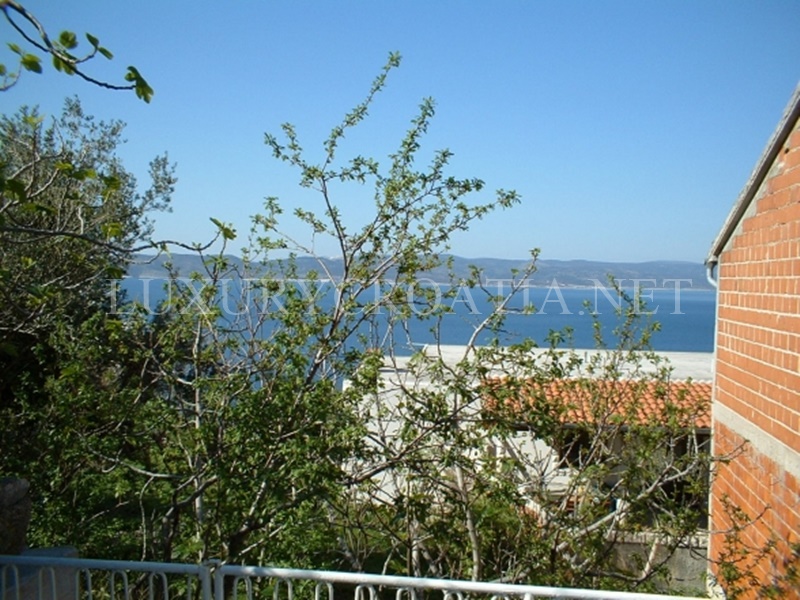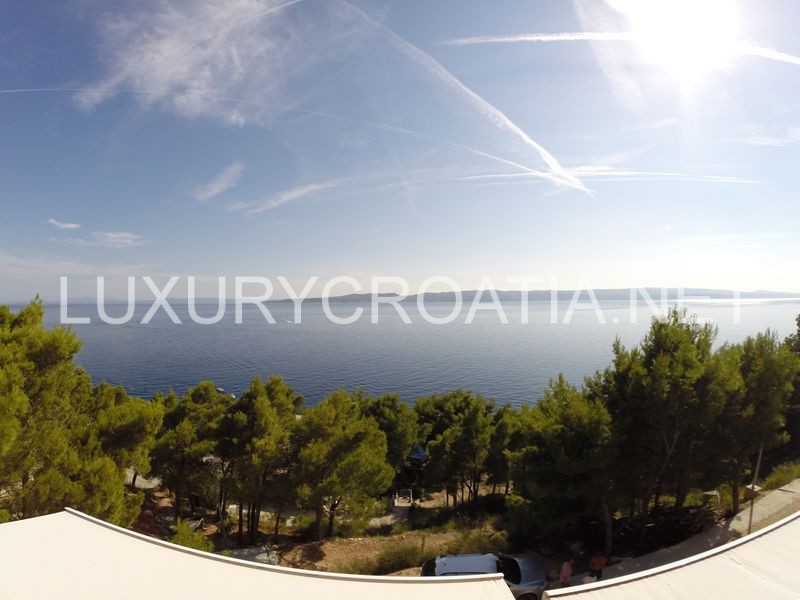SOLD:Apartment with sea view for sale, Baska Voda, Croatia
-
 click on image to enlarge Apartment with sea view for sale, Baska Voda, Croatia
click on image to enlarge Apartment with sea view for sale, Baska Voda, Croatia
-
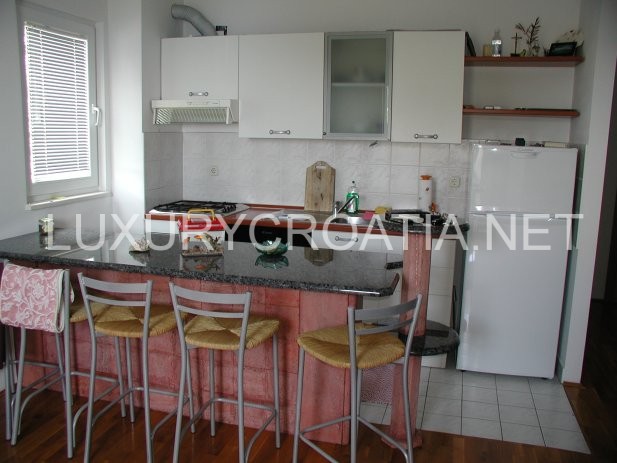 click on image to enlarge Apartment with sea view for sale, Baska Voda, Croatia (11)
click on image to enlarge Apartment with sea view for sale, Baska Voda, Croatia (11)
-
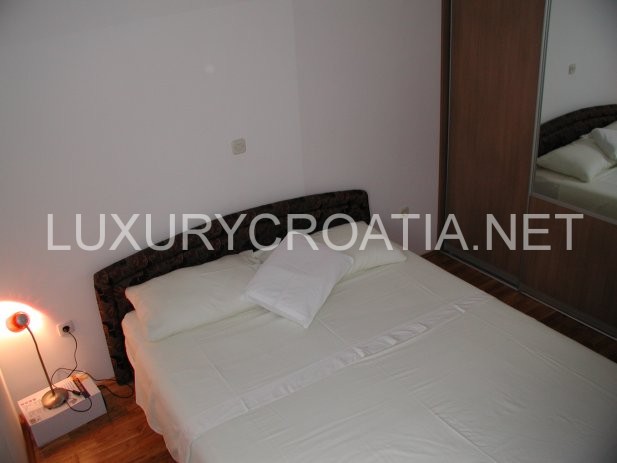 click on image to enlarge Apartment with sea view for sale, Baska Voda, Croatia (10)
click on image to enlarge Apartment with sea view for sale, Baska Voda, Croatia (10)
-
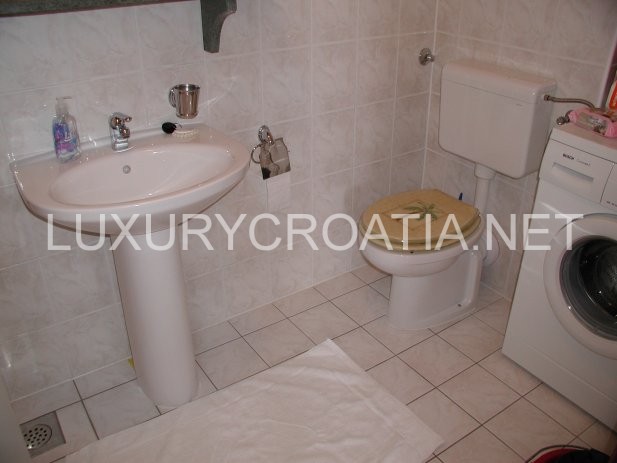 click on image to enlarge Apartment with sea view for sale, Baska Voda, Croatia (9)
click on image to enlarge Apartment with sea view for sale, Baska Voda, Croatia (9)
-
 click on image to enlarge Apartment with sea view for sale, Baska Voda, Croatia (8)
click on image to enlarge Apartment with sea view for sale, Baska Voda, Croatia (8)
-
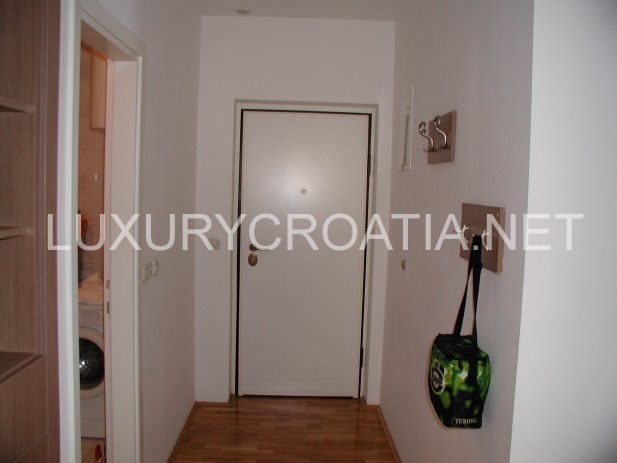 click on image to enlarge Apartment with sea view for sale, Baska Voda, Croatia (7)
click on image to enlarge Apartment with sea view for sale, Baska Voda, Croatia (7)
-
 click on image to enlarge Apartment with sea view for sale, Baska Voda, Croatia (6)
click on image to enlarge Apartment with sea view for sale, Baska Voda, Croatia (6)
-
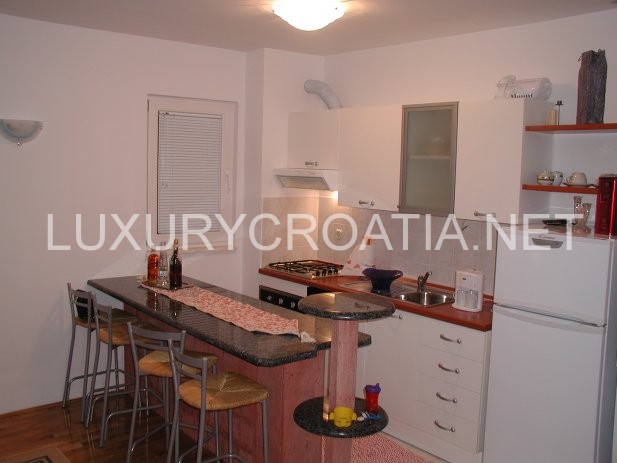 click on image to enlarge Apartment with sea view for sale, Baska Voda, Croatia (5)
click on image to enlarge Apartment with sea view for sale, Baska Voda, Croatia (5)
-
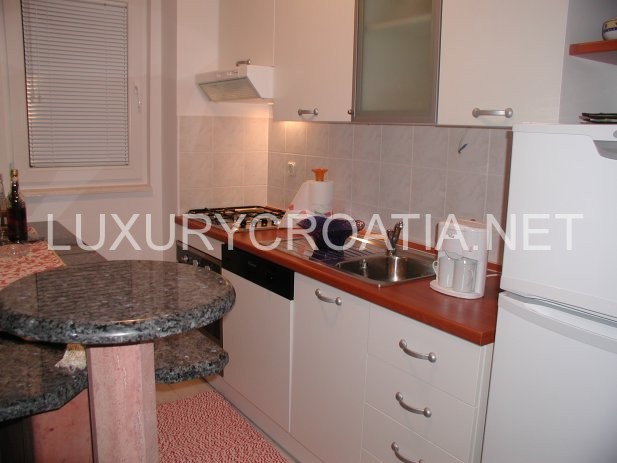 click on image to enlarge Apartment with sea view for sale, Baska Voda, Croatia (4)
click on image to enlarge Apartment with sea view for sale, Baska Voda, Croatia (4)
-
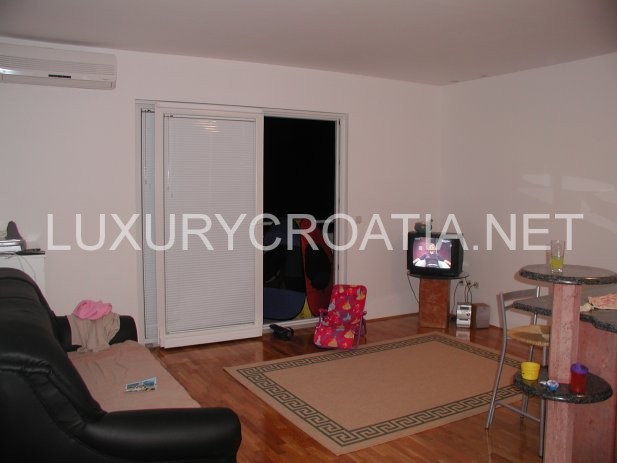 click on image to enlarge Apartment with sea view for sale, Baska Voda, Croatia (3)
click on image to enlarge Apartment with sea view for sale, Baska Voda, Croatia (3)
-
 click on image to enlarge Apartment with sea view for sale, Baska Voda, Croatia (2)
click on image to enlarge Apartment with sea view for sale, Baska Voda, Croatia (2)
Property Details:
- Categories: Apartment, SOLD
- Square meters: 52
- Features: 3% Agency Commission
- Amenities: Balcony, Building Permission, Equipped Kitchen, Parking, Sea View, Telephone
- Zoning: residental
- Air Conditioning: airconditioned
- Water: city water system
- Sewer: city sewer system
About this Property:
(A-BS-KP-1)
Apartment with sea view for sale, Baska Voda, Croatia
SOLD!!
Excellent location!
New apartment with a view on the sea. One bedroom apartment with a large living room, a balcony overlooking the beach of Baska Voda, first floor, storage in the basement and parking in front of the building .Building is quality built, stone staircase, safety doors. The price included an inseparable part of the furniture (built-in cabinets, bar, kitchen).
Hrvatski Jezik
Izvrsna lokacija.
Stan u novogradnji s pogedom na more. Jednosoban stan s velikim dnevnim boravkom, lođa s pogledom na plaže Baške Vode, prvi kat, ostava u podrumskim prostorijama i parking ispred.Zgrada je kvalitetna novogradnja, kameno stepenište, blindo vrata. U prodajnu cijenu uključen neodvojivi dio namještaja (ugradni ormari, šank, kuhinja).
Baska Voda:
Baška Voda, is a municipality in Croatia in the Split-Dalmatia County. It has a population of 2,924 (2001 census), 95.5% which are Croats. It is located on the Adriatic coastline of Dalmatia 10 km northwest of Makarska.
In ancient times, the little village of Bast nestled by a freshwater spring which supplied the Biokovo area. During the 18th century, after the expulsion of the Turks, its inhabitant left the slopes of St. Ilija’s (Elijah’s) Ridge and descended to the shore, where they established Baška Voda, today a well-known tourist resort on the Makarska Riviera.
The name Baska Voda is mythological in origin and is linked with Biston, the patriarch of the Thracian Biston tribe, son of Ares, the Greek god of war, and the goddess Calliope, protectress of water. The military fort and springs near Baska Voda bear out this theory. Some of the richest archaeological sites that have yielded finds from Roman times are on the heights of Gradina and its surroundings.
These include burial sites with urns, lamps, jewellery, coins with the head of Alexander Severus Aurelianus and headstones bearing the names of 13 of the ancient inhabitants of Baška Voda, the loveliest of which commemorates a boy called Ursinus, who died in a shipwreck between 100 and 150 AD.
Baska Voda first appeared on the “Coranelli” geographical map, produced in 1688, as “Basca”. It was a small village which thrived on agriculture and fishing. The Late Baroque church of St. Lovro (Laurence), built in 1750, probably occupies an Antique site, while the parish church of St. Nikola (Nicholas), the patron saint of travellers and sailors, was built in the early 20th century.


